- News
- A Student’s Study Abroad Experience at the Vrije Universiteit Amsterdam
A Student’s Study Abroad Experience at the Vrije Universiteit Amsterdam
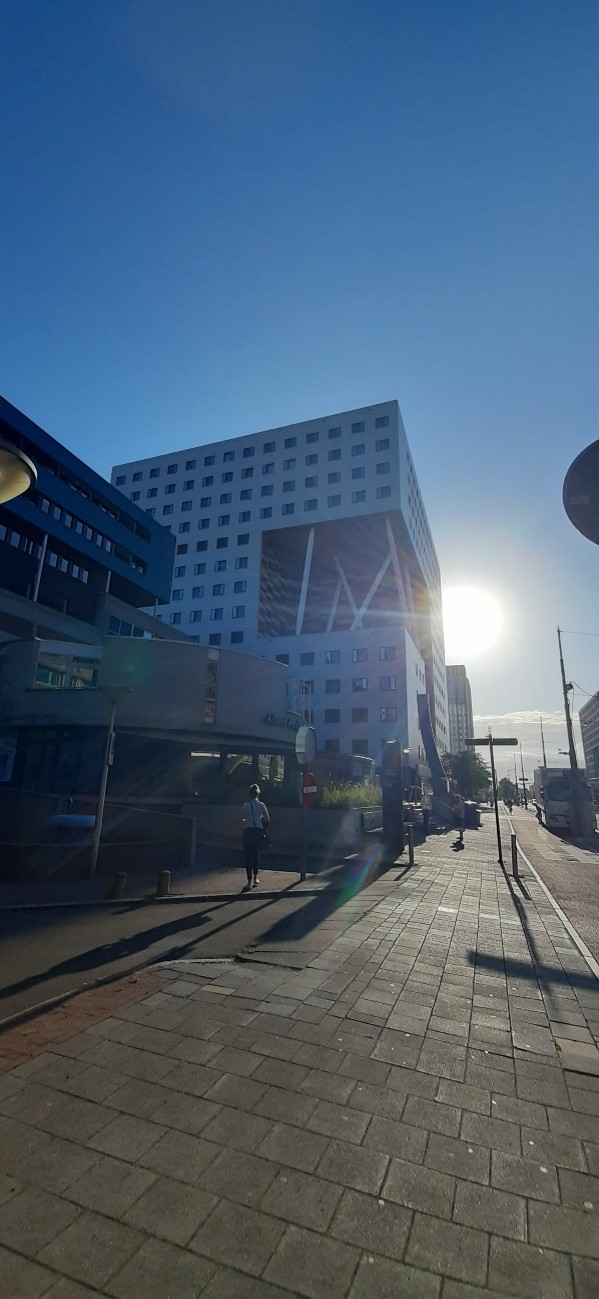
- Posted
- 2025年4月21日(月)
Ⅰ. About the Travel Support
I had the privilege of staying at Vrije Universiteit Amsterdam (VU Amsterdam) from June 3, 2024, to August 12, 2024, supported by the Top Global University (TGU) AY2024 Travel Grant Program. This generous grant covered both my airfare and accommodation, enabling me to advance my doctoral research.
As a joint Ph.D. candidate between Waseda University and VU Amsterdam, this grant facilitated my research at VU Amsterdam, focusing on analyzing the sarcomeres of the biceps femoris muscle fibers. This work aimed to enhance our understanding of muscle structure, contributing to injury prevention through improved biomechanical insights. During this period, I collaborated closely with my Dutch supervisor, Dr. Huub Maas, whose expertise was instrumental in deepening my knowledge of muscle biomechanics.
Ⅱ. About the Vrije Universiteit Amsterdam (VU Amsterdam)
Founded in 1880, VU Amsterdam is renowned for its commitment to academic independence and excellence. In the QS World University Rankings 2024, VU Amsterdam holds the 207th position globally, reflecting its strong academic performance. Notably, the university excels in sustainability, ranking 95th worldwide in this area and in the 2024 Global Ranking of Sport Science Schools and Departments by Shanghai Ranking, VU Amsterdam’s Faculty of Behavioural and Movement Sciences is ranked 6th worldwide.
Located in Amsterdam, the capital city of the Netherlands, VU Amsterdam’s campus is situated in the southern Buitenveldert area, adjacent to the Zuidas business district. Amsterdam is celebrated for its rich cultural heritage, picturesque canals, and vibrant cycling culture, offering a unique blend of historical charm and modern urban living.
My research was conducted within the Faculty of Human Movement Sciences, a department dedicated to understanding human movement through interdisciplinary approaches. I had access to state-of-the-art facilities, including the recently renovated dissection section in the MF Gebouw (Medical Faculty Building) and the prestigious O|2 Lab Building. The 13th floor of the O|2 Lab provided not only advanced laboratory equipment but also breathtaking views of the city, enhancing the overall research experience.

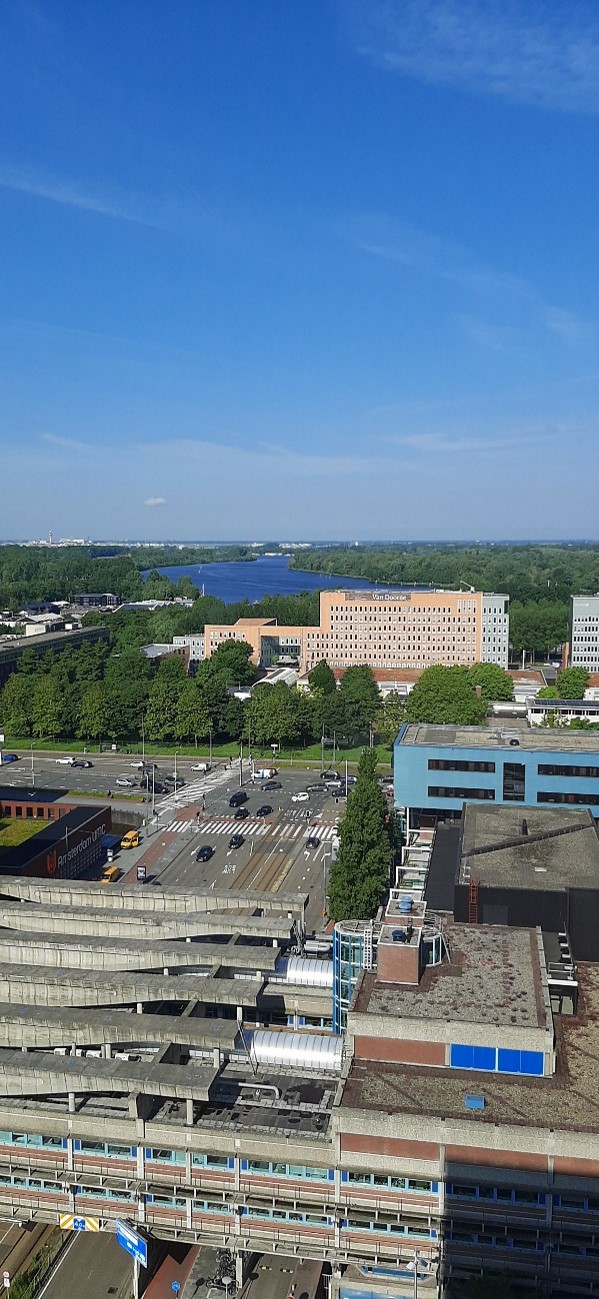
O|2 Lab Building and the 13th floor views.
Ⅲ. About Studying at the VU Amsterdam
During my tenure at VU Amsterdam, I engaged in meticulous dissection of muscle fibers of cadaver donors, utilizing advanced microscopy techniques. I isolated individual fibers from fascicles and employed an Axiokop 50M microscope equipped with a high-resolution Basler Ace camera to capture detailed images of sarcomeres. These images were analyzed to estimate the number of sarcomeres within the biceps femoris muscle fibers, aiming to identify regional differences that could explain the higher injury susceptibility of the muscle’s proximal area. Variations in sarcomere count can significantly influence muscle functionality, affecting factors such as contraction efficiency and susceptibility to strain.
My supervisor, Dr. Huub Maas, an Associate Professor at the Department of Human Movement Sciences, specializes in the interactions between the musculoskeletal and neural systems during movement. His extensive research combines biomechanical and neurophysiological methods, utilizing both animal and human models. Dr. Maas’s expertise and guidance were invaluable, profoundly influencing my research approach and enhancing the quality of my work.
I actively participated in laboratory meetings at the O|2 Lab Building, which broadened my understanding of various research areas. I acquired new analytical techniques, including methods for isolating muscle fibers, the chemical processes required for preservation post-dissection, and maintenance protocols to ensure muscle integrity. The collaborative environment at VU Amsterdam allowed me to build meaningful relationships with fellow researchers and students. I gained insights into diverse research areas, such as tendon studies involving animal models, and engaged in discussions about potential collaborative projects with visiting scholars from other institutions.
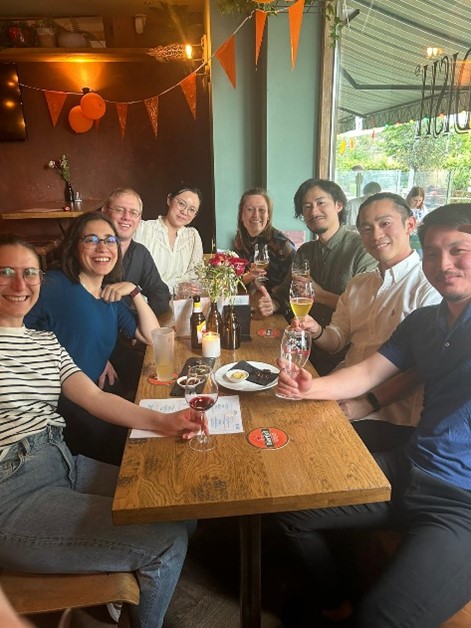
Entertaining time with fellow researchers after work.
Ⅳ. Life in Amsterdam
Life in Amsterdam was both engaging and enriching. The city’s emphasis on sports and its multicultural atmosphere were particularly appealing. I was delighted by the prevalent cycling culture, where bicycles often take precedence over cars, making commuting both efficient and enjoyable.
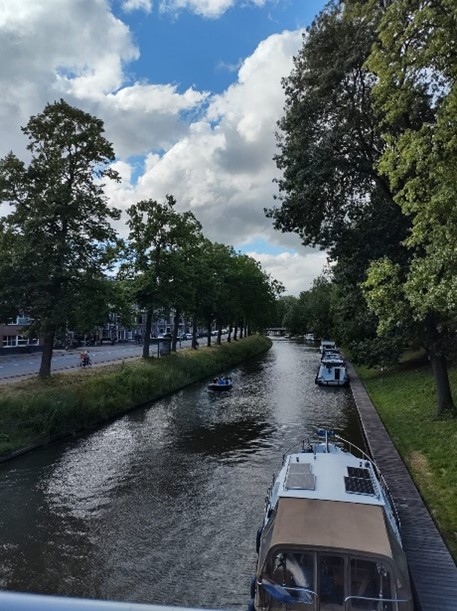
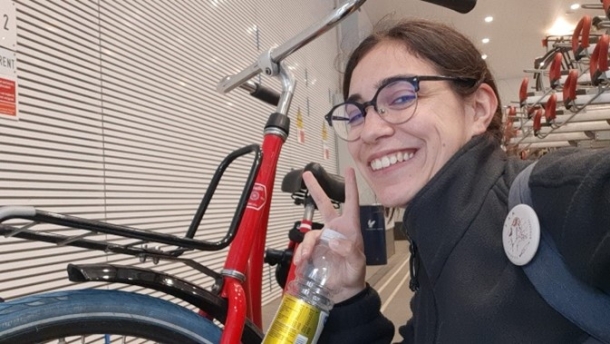
Outside the university, I explored Amsterdam’s rich cultural scene by visiting renowned museums and enjoying picnics in the city’s numerous parks. A memorable cultural experience was observing locals swimming in the city’s canals during the summer—a testament to Amsterdam’s unique charm.
I was pleasantly surprised by the Dutch affinity for bread and cheese, staples that I personally enjoy and found to be of exceptional quality in Amsterdam. Additionally, the moderate summer temperatures, ranging between 20-25 degrees Celsius, provided a comfortable contrast to the hotter summers in Tokyo.
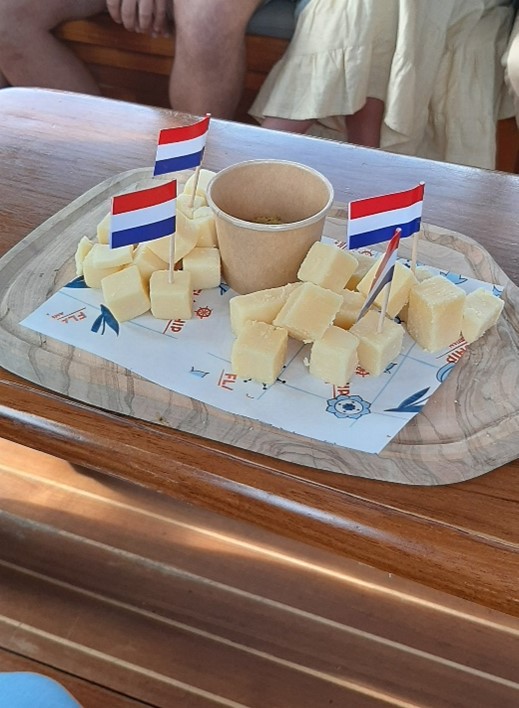
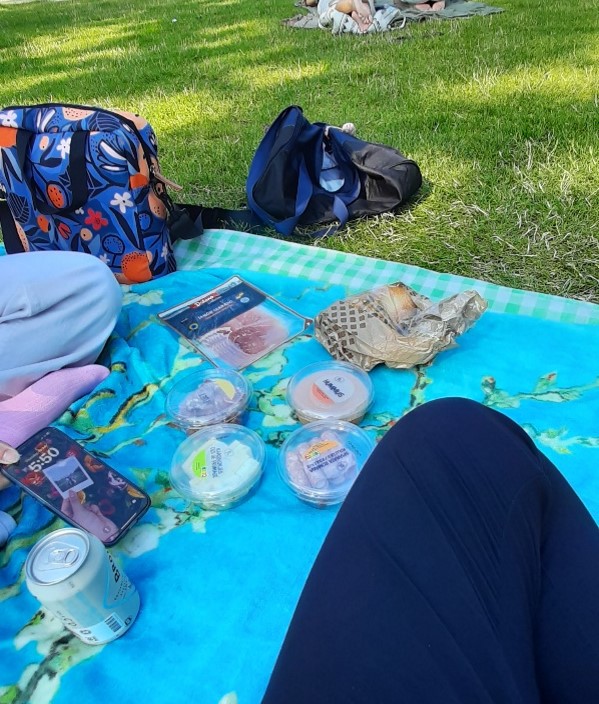
Cheese on a boat tour and picnics at the park.
Ⅴ. To Conclude
During my stay, I made significant progress in my doctoral research, expanding both my data collection and methodological expertise. I also acquired new research techniques that will be invaluable in my future studies.
This experience not only advanced my doctoral research but also enriched my cultural and professional perspective.
I am especially grateful to my supervisors, Dr. Huub Maas and Dr. Yasuo Kawakami, for their guidance and support, as well as to Dr. Guido Weide and Miss Wendy Noort for their invaluable assistance and training. I also want to thank the rest of the researchers who contributed to my work, Waseda University for this incredible opportunity, VU Amsterdam for their hospitality, and the Tokorozawa office for making the process smoother and providing the support I needed.
